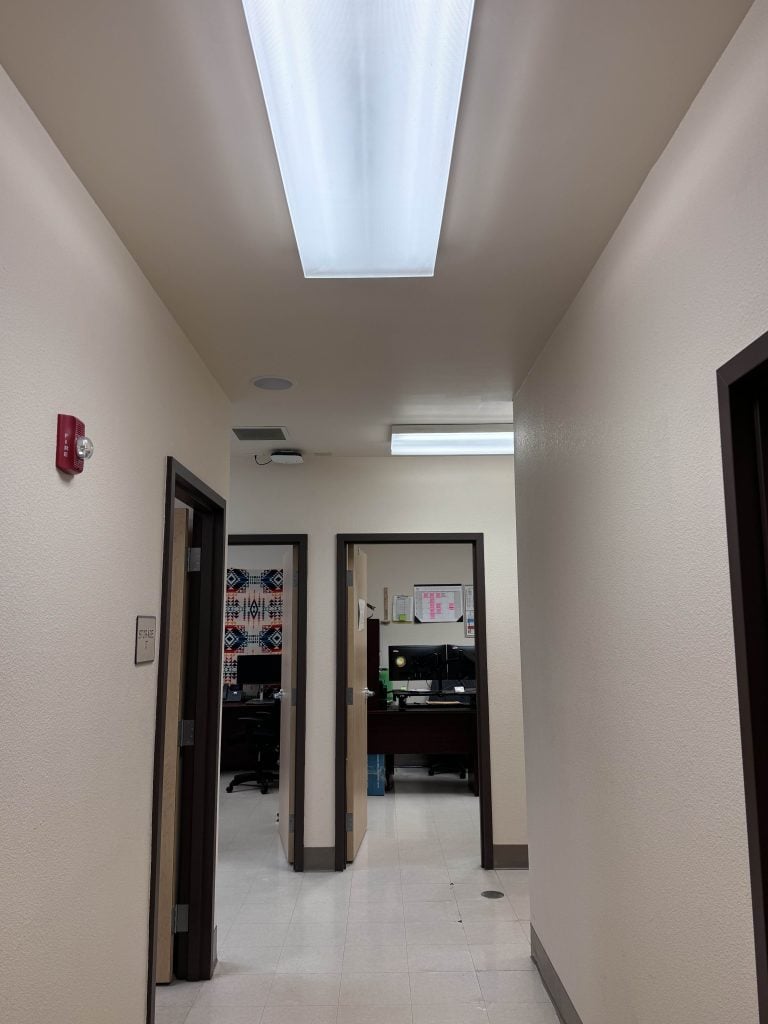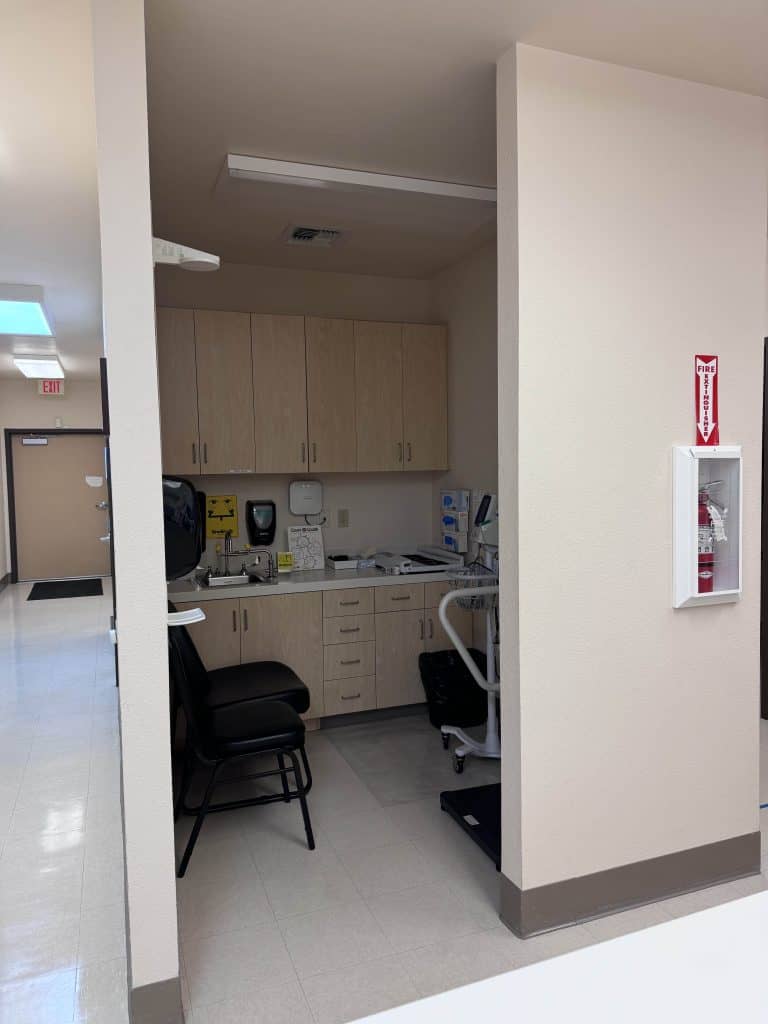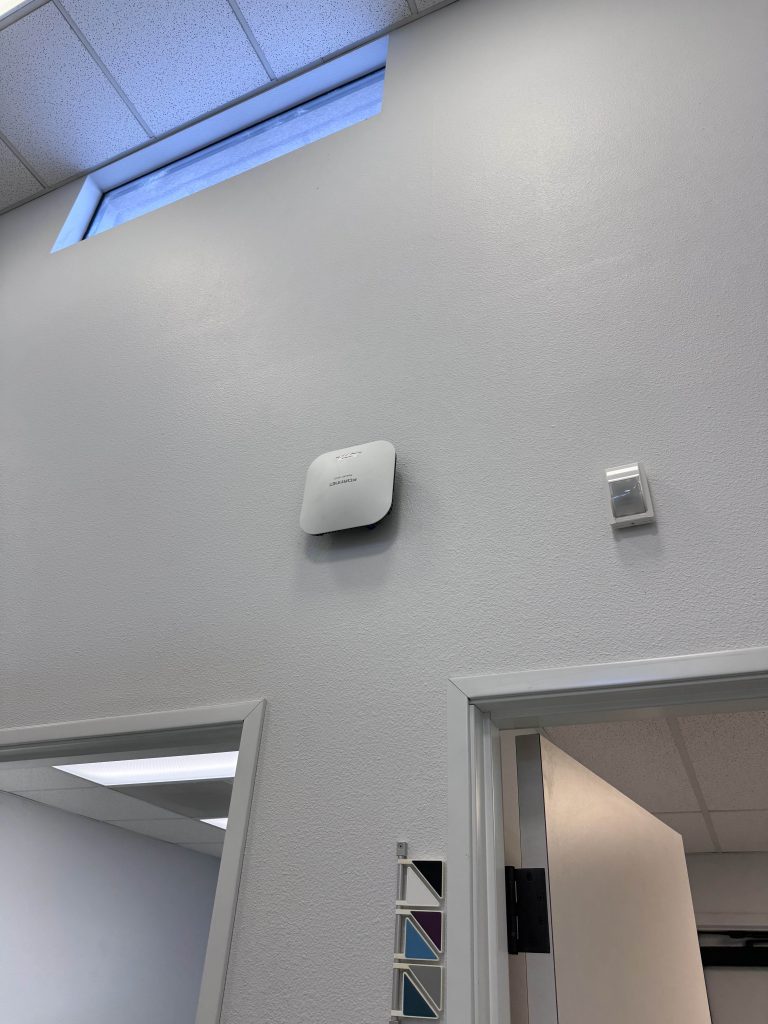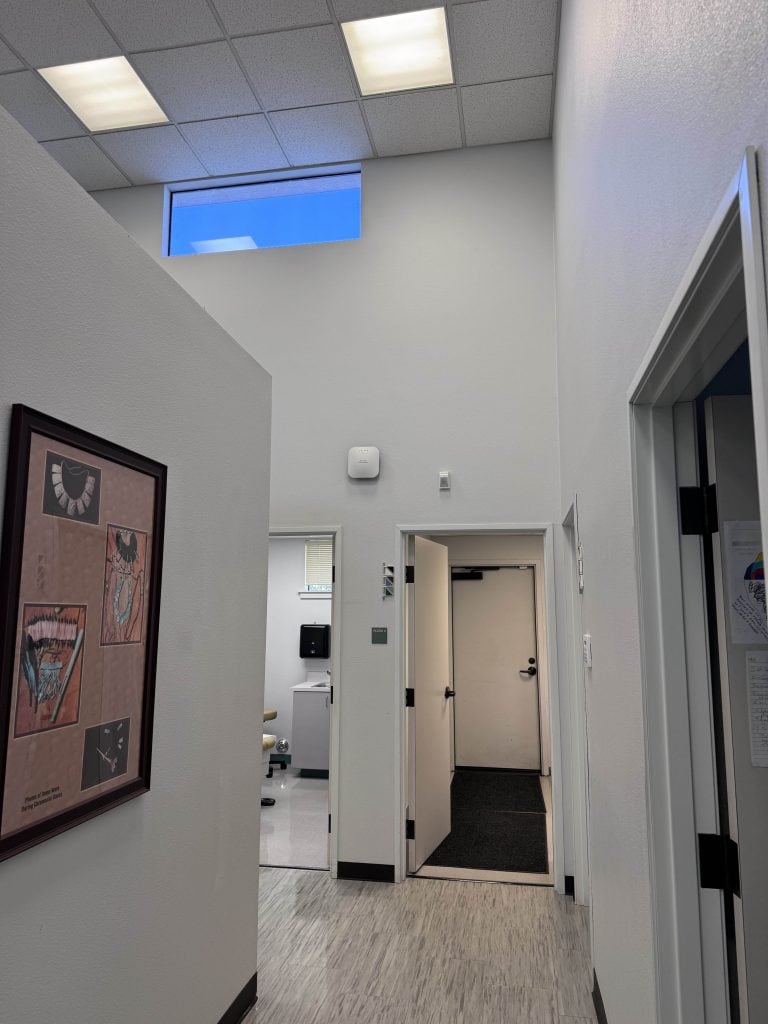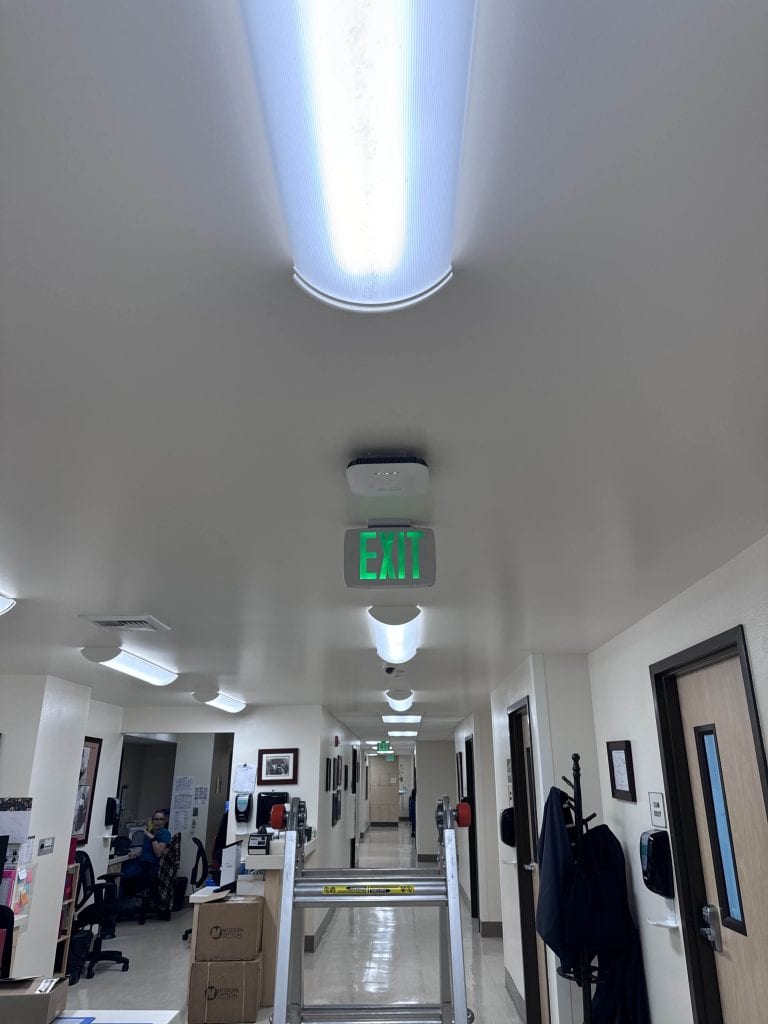Wireless Infrastructure Upgrade – Rural Healthcare Network Resilience (Fortinet Focused)
Project Overview: As part of my onboarding at [Redacted], I was tasked with deploying a newly acquired wireless infrastructure encompassing switches, WiFi controllers, and over 35 access points. This initiative aimed to modernize our network connectivity across five counties, supporting 240 employees within a rural healthcare setting.
Challenge & Solution – Mitigating Single Points of Failure: Our existing MPLS-based network presented a potential single point of failure. Initially, I planned to configure all access points (APs) to connect directly to a central controller for simplified management and maintenance. However, recognizing this vulnerability, I implemented a design that prioritized network resilience.
Implementation – Standalone AP Configuration with Fortinet Technologies: I configured the Fortinet F31F APs with standalone operation capabilities, allowing them to function independently of the primary controller. This critical decision ensured continued wireless functionality across all 25 clinic locations even in the event of controller downtime. The core controller was a FortiGate 101F, leveraging its robust features for centralized management and security policies.
Operational Challenges & Mitigation – Ensuring Seamless Patient Connectivity: A key challenge involved transitioning medical providers to new SSIDs while minimizing disruption to ongoing operations. This required careful coordination and phased rollout strategies at each clinic location. I implemented a phased rollout across all 25 clinics, meticulously planning the transition to avoid interference with patient flow.
Results – Enhanced Performance & Security: Through this deployment, I significantly reduced wireless latency and enhanced security by implementing WPA3 encryption across the network. This resulted in a demonstrable improvement in user experience and bolstered our overall network security posture. WPA3’s stronger encryption method enforced key aspects of our network’s security policies, contributing to improved password security. The project was successfully delivered, satisfying senior and mid-level management through a smooth rollout and maintaining uninterrupted service for our healthcare clients.
Conclusion: This wireless infrastructure upgrade demonstrates my ability to design resilient networks, manage complex deployments, and prioritize user experience – skills I’m eager to apply in future technology projects.
Pictures & Gallery
